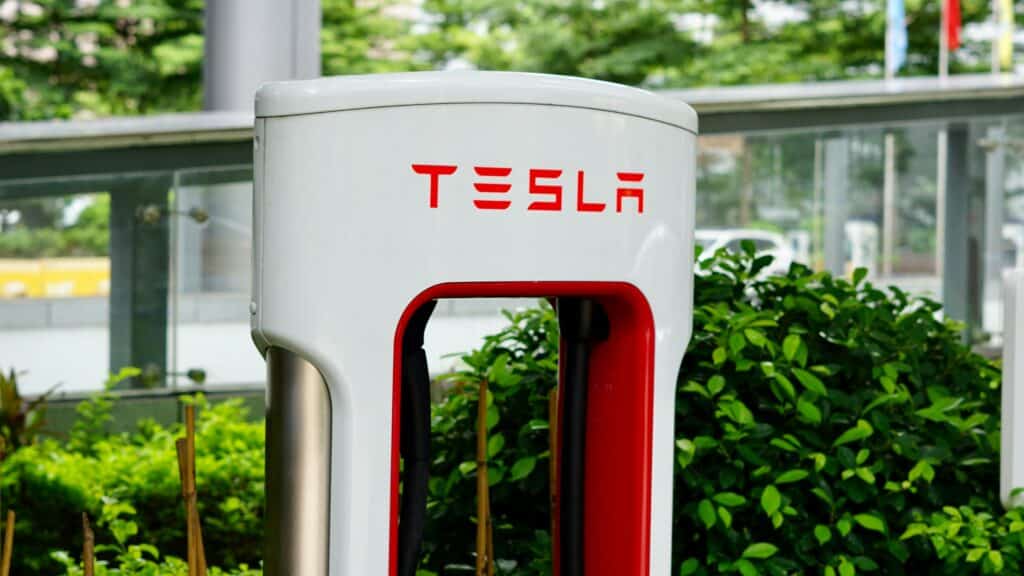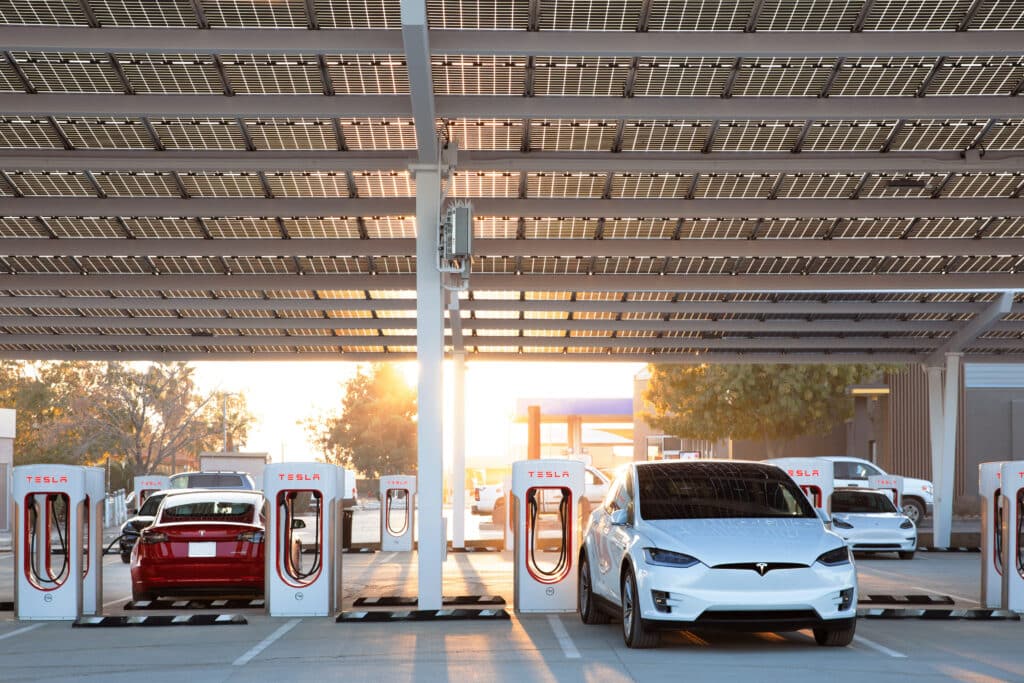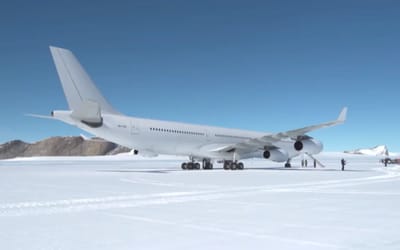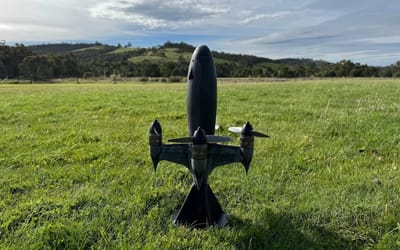Tesla driver makes five Supercharger stops between Minneapolis and Chicago sparking EV debate
Published on Aug 06, 2025 at 9:32 AM (UTC+4)
by Callum Tokody
Last updated on Aug 06, 2025 at 8:33 PM (UTC+4)
Edited by
Tom Wood
A Tesla driver’s road trip has gone viral after five Supercharger stops turned a 400-mile journey into a heated debate about EV charging and range anxiety.
The driver, who goes by Meryl on TikTok, documented her Tesla road trip from Minneapolis to Chicago, which ended up taking over seven hours due to frequent stops to recharge.
Meryl started her trip with just 30 percent battery, a decision that drew swift criticism from viewers who pointed to poor planning and inefficient driving.
But beyond the viral outrage, her experience puts a spotlight on the real challenges EV drivers still face on longer trips, challenges that can’t always be solved by a bigger battery.
VISIT SBX CARS – View live supercar auctions powered by Supercar Blondie
Supercharger stops multiply as trip planning fails
Meryl’s Tesla road trip was always going to be complicated after setting off with a nearly depleted battery.
She made her first Supercharger stop within the first hour, followed by four more stops along the 400-mile stretch.
Each of these Supercharger stops came roughly every 70 miles, turning what should have been a six-hour drive into a much longer journey.
Many social media commenters pointed out that starting at 30 percent and driving at speeds above the legal limit would naturally lead to more frequent EV charging.

Several noted that with a full charge and better speed control, the Tesla road trip could have been completed with just one or two Supercharger stops.
Meryl, however, explained that even after charging up to 80 percent at each stop, her Tesla’s navigation system predicted she would run out of battery well before the next charging station if she did not stop again.
This situation reflects a broader issue within EV ownership.
There is a consistent gap between advertised range estimates and the real-world driving experience.
While Tesla’s Supercharger network is among the most extensive, this trip showed how real-world factors can quickly change charging needs.
Driving speed, terrain, and starting charge levels all played a role in the number of Supercharger stops required.
Range anxiety still haunts EV road trips
Meryl’s five Supercharger stops have reignited the conversation about range anxiety, a concern that continues to affect many EV owners.
As EV charging infrastructure improves, range anxiety should, in theory, become less of an issue.
However, incidents like this show that the problem is far from resolved.
Tesla drivers often rely on the brand’s robust network, but real-world conditions can still disrupt even the best-laid plans for a Tesla road trip.

This is not a problem unique to Tesla. Tests have shown that other EVs, including models from BMW, Mercedes-Benz, and Hyundai, have also experienced a gap between EPA range estimates and real-world performance.
While some models exceeded their quoted range, others fell short depending on usage and environment.
For any EV driver, careful planning around charging stops, realistic expectations of EV charging intervals, and adapting driving habits remain essential.
Meryl’s Tesla road trip, and the viral response that followed, highlight a simple truth.
The technology is improving and infrastructure is expanding, but until EV charging expectations consistently align with real-world usage, charger stops and range anxiety will continue to shape the electric driving.
DISCOVER SBX CARS: The global premium car auction platform powered by Supercar Blondie
Callum Tokody is a content writer at Supercar Blondie, where he covers the latest in the automotive world with a focus on design and performance. With a background in automotive journalism, he has contributed to a range of publications in Australia and the UK. In addition to his writing, Callum also heads up PR and communications, helping to build and strengthen partnerships within the industry. Outside of work, he’s a design enthusiast with a soft spot for anything with a V8 and a good story.




